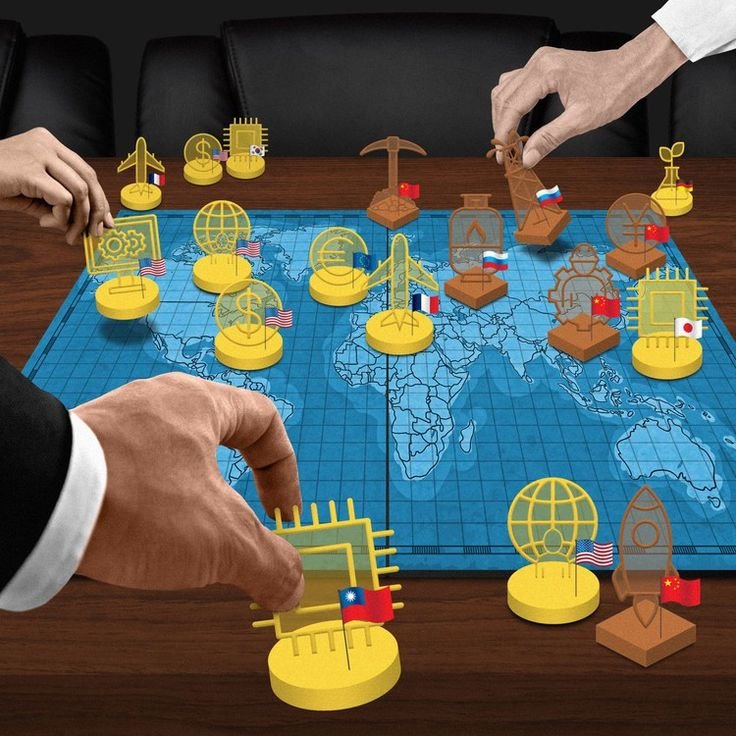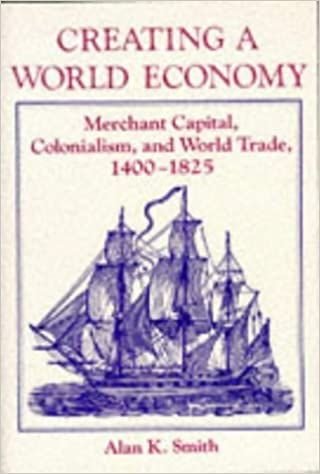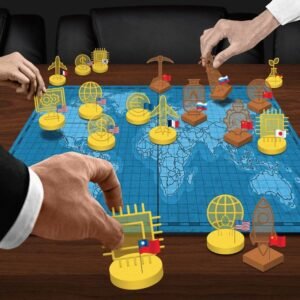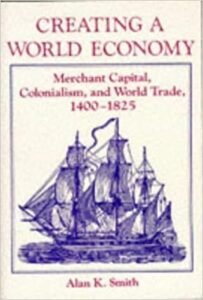The Role of Diplomacy in Resolving Global Conflicts
Since the dawn of modern civilization, diplomacy has been the linchpin of international relations. Far from being a relic of ancient politics, diplomacy remains one of the most effective tools available for resolving conflicts between nations. It holds the potential to bridge divides, foster cooperation, and prevent catastrophic wars in an increasingly interconnected world. But the 21st-century landscape has given rise to unique geopolitical challenges, testing the boundaries of diplomacy in unprecedented ways.
From escalating tensions in Eastern Europe to territorial disputes in Asia, modern diplomacy must evolve to address conflicts rooted in historical nuances while navigating the high-stakes realities of nuclear arms, shifting alliances, and economic interdependence. This article explores the critical role of diplomacy in resolving global conflicts, examining situations where it has succeeded, where it has faltered, and how it might adapt to meet the demands of a rapidly changing world.
What Is Diplomacy?
At its simplest, diplomacy is the practice of managing relationships and negotiations between nations. It encompasses a variety of approaches, from formal treaties and multilateral summits to backchannel communications and informal dialogue. Used skillfully, diplomacy can diffuse immediate hostilities, lay the groundwork for lasting peace, and nurture alliances that further mutual interests.
The scope of diplomacy isn’t limited to political negotiations. It often extends to issues like trade, environmental agreements, cultural exchanges, and humanitarian aid. A successful diplomatic approach often requires deft communication skills, cultural awareness, knowledge of geopolitical history, and a deep understanding of timing and context.
Diplomacy in Action
To understand the relevance of diplomacy, it’s helpful to look at real-world examples where international negotiations have played—or failed to play—a decisive role in resolving conflict.
1. The Iran Nuclear Deal (2015)
One of the hallmark achievements of modern diplomacy, the Joint Comprehensive Plan of Action (JCPOA), commonly known as the Iran Nuclear Deal, demonstrated how multilateral negotiations could address global security issues. Spearheaded by the permanent members of the UN Security Council (China, France, Russia, the United Kingdom, and the United States), along with Germany and the European Union, the agreement sought to curb Iran’s nuclear program in exchange for the lifting of economic sanctions.
The Iran Nuclear Deal showcased key diplomatic strategies:
- Inclusivity: By involving many global powers, the deal highlighted the strength of multilateralism in creating consensus.
- Carrot-and-Stick Negotiation: The promise of sanction relief was balanced with strict verification measures, ensuring compliance.
While the 2018 withdrawal of the U.S. from the agreement underlined its fragility, the deal nonetheless reflects diplomacy’s potential to manage sensitive issues like nuclear proliferation.
2. The Camp David Accords (1978)
The Camp David Accords remain a landmark example of diplomacy forging peace amidst intense animosity. Mediated by U.S. President Jimmy Carter, the talks brought together Egyptian President Anwar Sadat and Israeli Prime Minister Menachem Begin. After years of hostility and intermittent warfare, the two nations signed agreements that led to Israel’s withdrawal from the Sinai Peninsula and normalized diplomatic ties.
The success of the Camp David Accords hinged on:
- Facilitation by Neutral Mediators: Carter’s role as an honest broker was pivotal in bridging the gap between two adversaries.
- Focus on Core Issues: The negotiations zeroed in on the territorial disputes and mutual recognition, bypassing secondary complications.
- Personal Relationships: The summit emphasized building trust and rapport, which helped both leaders compromise for peace.
Although the accords didn’t address wider Middle East tensions, they highlighted the potential for high-stakes diplomacy to rewrite the course of history.
3. The Failure to Prevent World War II
Conversely, diplomacy’s limitations are starkly illustrated by the failure of appeasement strategies preceding World War II. The 1938 Munich Agreement, in which Western European powers conceded Czechoslovak territory to Nazi Germany, is a case study of how flawed diplomatic approaches can exacerbate conflicts.
Key failings included:
- Underestimating Intentions: Leaders misjudged Hitler’s territorial ambitions, treating them as localized grievances instead of imperial expansion.
- Exclusive Negotiations: Czechoslovakia was excluded from the talks, undermining the legitimacy of the agreement.
- Short-Term Thinking: Appeasement postponed rather than prevented larger conflicts, ultimately emboldening Germany.
This historic episode underscores how a lack of foresight and accountability can diminish diplomacy’s effectiveness.
The Tools of Modern Diplomacy
While traditional tools like summits and treaties remain vital, modern diplomacy increasingly incorporates innovative methods to address 21st-century challenges.
1. Public Diplomacy
The rise of social media and real-time communication has amplified the role of public diplomacy, wherein states engage directly with foreign publics to shape perceptions and promote their interests. Used effectively, public diplomacy can complement behind-the-scenes negotiations and foster goodwill among populations.
For instance, during the COVID-19 pandemic, countries like China implemented vaccine diplomacy, supplying vaccines to low-income countries to build international influence and goodwill.
2. Economic Diplomacy
Trade and aid agreements have long been used as tools to secure peace and alliances. Economic diplomacy involves leveraging a nation’s financial resources and trade policies to achieve strategic goals. As supply chains grow more interconnected, the ability to manipulate economic interdependence has become a critical asset in negotiating peace.
The European Union, for example, consistently uses its economic clout to influence neighboring countries, tying trade access to commitments like democratic reforms or adherence to international laws.
3. Track II and Backchannel Negotiations
When formal diplomacy reaches an impasse, backchannel communications and Track II diplomacy—informal discussions between non-state actors—often step in to pave the way for breakthroughs. This approach can maintain open lines of communication, reduce tensions, and set the stage for official talks.
Efforts like the secret U.S.-Cuba discussions that normalized relations between the two countries in 2014 demonstrate how covert negotiations can produce tangible results.
4. Digital and Cyber Diplomacy
With the explosion of cyber threats and digital interconnectivity, cybersecurity diplomacy has become a priority. Nations negotiate cyber treaties to protect data, counter cybercrime, and prevent hostile actions in the digital sphere.
The planned U.N. Cybercrime Treaty, currently under discussion, aims to create a global framework for regulating and preventing cyber-related threats.
Challenges and Opportunities for Diplomacy in the 21st Century
The world politics of today presents increasingly complex challenges for diplomats. From ideological polarization to environmental crises, diplomacy must adapt to stay effective.
Challenges:
- Fragmentation of Alliances: The emergence of regional powers and the decline of unipolar dominance mean that diplomacy must account for shifting power balances.
- Mistrust and Disinformation: Increasingly, adversaries use disinformation campaigns to erode trust, making diplomatic dialogue more difficult.
- Non-State Actors: The influence of insurgent groups, multinational corporations, and even tech moguls introduces new variables in international negotiations.
- Climate Crisis: Resolving conflicts over resources, migration, and environmental responsibility requires unprecedented levels of global cooperation.
Opportunities:
- Global Cooperation Networks: Platforms like the United Nations and G20 continue to offer venues for dialogue.
- Innovation in Diplomacy Training: Programs focusing on cultural intelligence, emotional intelligence, and technological literacy are preparing the diplomats of tomorrow for broader challenges.
- Youth and Grassroots Diplomacy: Increasing engagement with younger demographics and grassroots movements is embedding diplomacy deeper into global society.
Final Thoughts
Diplomacy is, at its core, the art of building bridges. While far from perfect, it remains the most human tool we have for resolving the vast complexities of global conflict. By fostering dialogue, mutual understanding, and compromise, diplomacy preserves the fabric of international relations in ways that armed interventions never could.
The future of diplomacy isn’t just in the hands of politicians—it depends on collaboration across sectors, from economists and technologists to cultural ambassadors and grassroots activists. With new challenges emerging daily, modern diplomacy must continue evolving, proving that even in an age of disruption, dialogue is the key to a more peaceful world.







